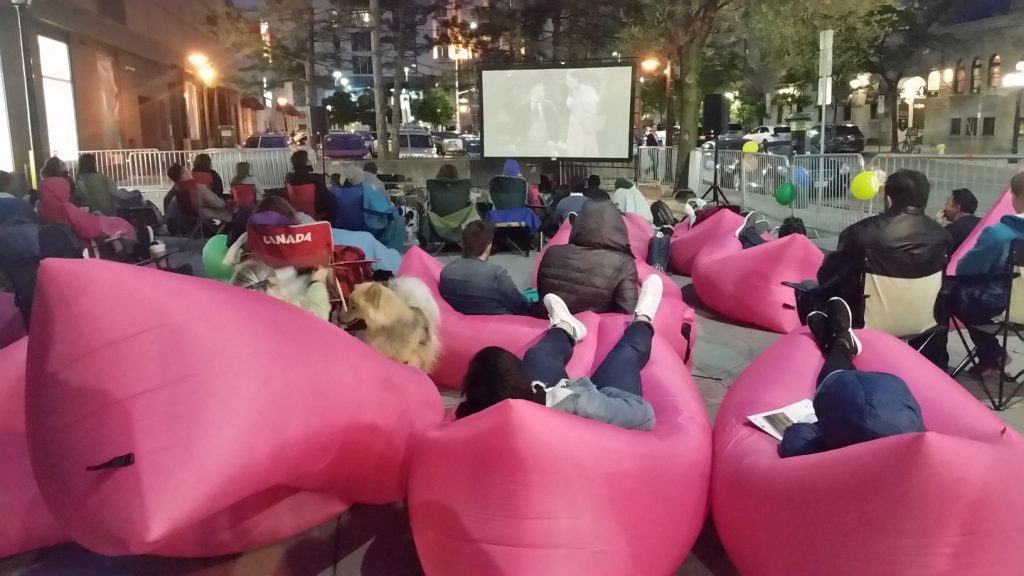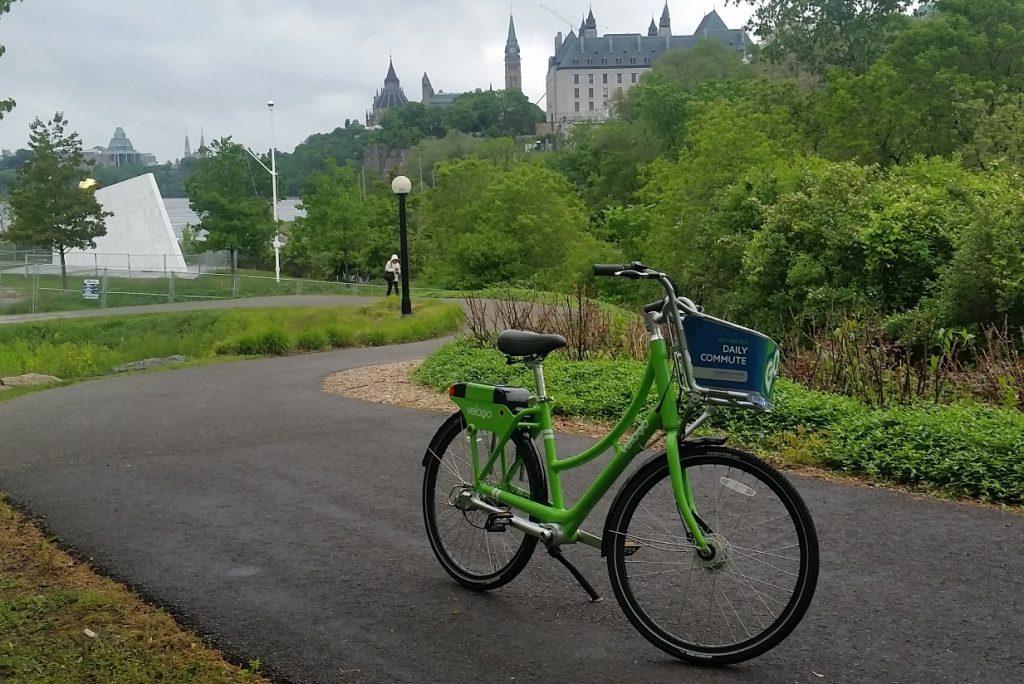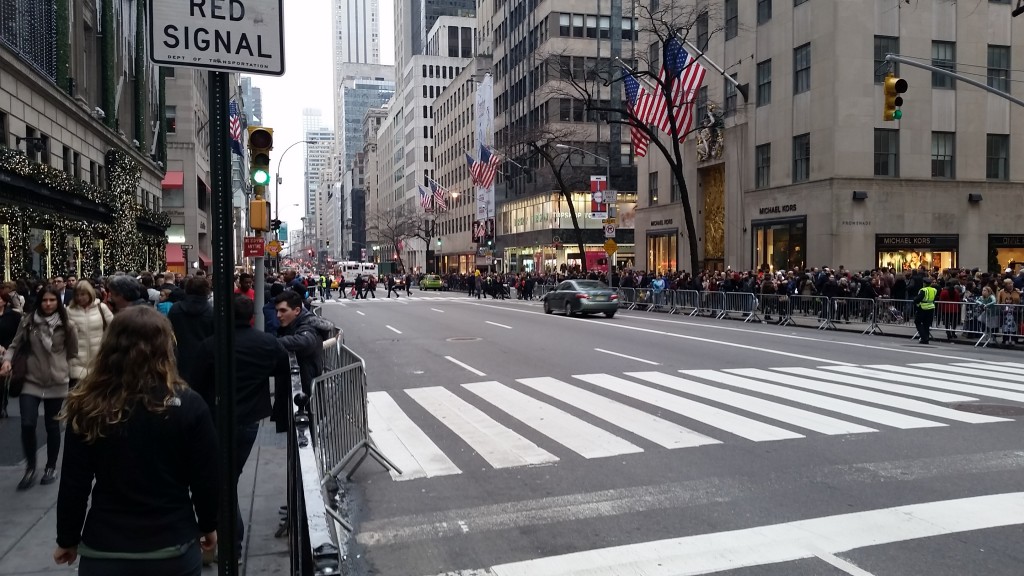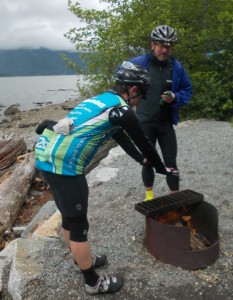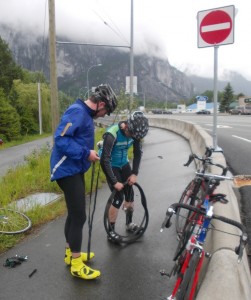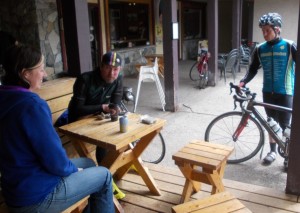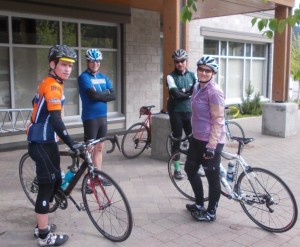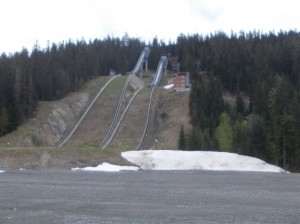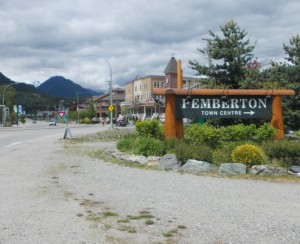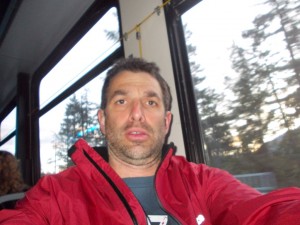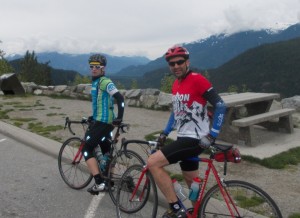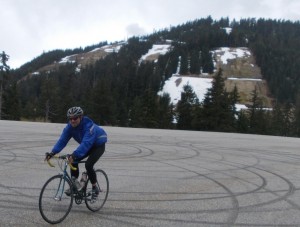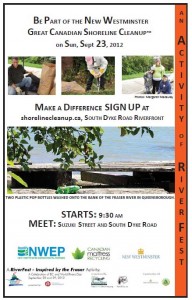SMac asked—
Congratulations! Will you still write a regular blog with your new duties?
Following up on the Election, this has been a common question. I talked a bit about this last post, and mentioned some of the considerations. Maybe I can expand a bit on that here.
As much as I’d like to say nothing has changed, the reality is that the Mayor is a de facto spokesperson for Council, for the City, and for the Police Board. This means that people will often conflate any statement made by the Mayor with the official position of those entities. As a Councillor, I am free to say “Council voted for X, and I was a dissenting vote because of these reasons”. As Mayor, one of my duties is to carry out and support the decisions of the Council (or the Police Board), so it is much more difficult for me to talk about how and why I disagree with them.
The City has communications staff, and as a Corporation it is challenging to have parallel communications streams. Messages get muddled, and confidence is eroded, both of the public and the staff. I have always tried to make clear I am writing this blog from my personal point of view without an editor (hence, the sometimes-questionable grammar), so running it through City Comms staff before I publish would be a major shift. First off, like all staff in the City they don’t work for the Mayor, they work for the CAO. Secondly, they already have enough work to do without having to worry about managing the Mayor’s Sunday morning blog ramblings.
I have been running this blog on the cheap, with some support from friends for hosting and technical services. The design is now 8 years old, and though it still functions great from my end, 8 years is forever in the Internets. Indeed, blogging itself as a medium has gone a bit by the wayside, as have 1,000+ word essays, so I have to question whether this is even an effective way to communicate in 2022 and beyond.
That said, the process of sitting down to write these blogs has been a major part of how I do the work. When reading Council Reports, I do so with the intent of understanding them enough to relate them here. And though I am slow at it, I like the accessibility of eventually answering Ask Pats. When other local issues like New West’s relative taxation level or police service levels are raised, this blog drives me to dig for data so I can better understand and better communicate. At the highest level, if I cannot explain a decision I made at Council through this medium, then maybe I don’t understand the decision enough to be confident about it. To get really meta about this: my writing this very blog post is itself part of my process for deciding whether and how I will continue to write this blog.
So, yes. I hope to keep writing here, and am setting a goal of putting up a post a week as a minimum. But it will be a bit different, and the scale of that difference is something that I will have to iterate as we go along. So stay tuned, we’ll see where it goes. Meanwhile, I’m looking into this TikTok thing…
I have also been asked about what I have planned for the next few weeks. I hasten to note we still have a Mayor, and he serves until November 7th. But there is some work going on to prepare for the months ahead. Here is a bit of a summary of the last week of my life and two weeks ahead.
I have met with Jonathan and with the CAO of the City, and more meetings are planned. I have sat down with the Police Chief to get updated on Police Board matters and with the Acting Fire Chief. I have also been connecting with Mayors from around the region, and am setting up meetings to discuss regional issues we will need to collaborate on both at Metro Vancouver and TransLink.
One immediate task is to get organized around inauguration and get Council ready for it. That means some on-boarding for the four new candidates, and getting them up to speed on the various files in the city. They also need to learn about the legal obligations of the job, our Code of Conduct, about Section 90 of the Community Charter and FOIPPA.
Though that is the work of our Clerk and CAO, I have also reached out to all of the new Council to start talking about strategic planning and larger goals each of them have for the term, about committee appointments, and those kinds of details. As I have repeated ad nauseam for the last 6 months, a Mayor can’t do any of this alone.
We are fortunate in New Westminster, because we are building on a legacy of strong leadership on the previous Council and School Board. We have led the region in protecting our most affordable housing, and in getting new affordable and rental housing built. We weathered the challenges of the Pandemic and were named among the most economically resilient communities in BC, and we are taking strong action on the climate. But we have lots of work to do. We are still a region facing a housing crisis, we are still losing people to a poisoned drug supply, and we are still facing climate disruption. We are part way through an aggressive capital plan to build new recreation facilities, new schools, new mobility routes. I ran a campaign talking about being proactive, not shrinking away from innovative approaches to these challenges, and I’m looking forward to sitting down with the new Council and getting to work.
I’m almost embarrassed to admit this, but I also took a mini-vacation this weekend. 3 days on a Gulf Island where I effectively slept 12 hours a day. My batteries needed a serious recharge, from the business of the campaign and the emotional stress of the campaign. Each day I woke up amazed at my ability to sleep, and each day a little more energized for the work ahead.


